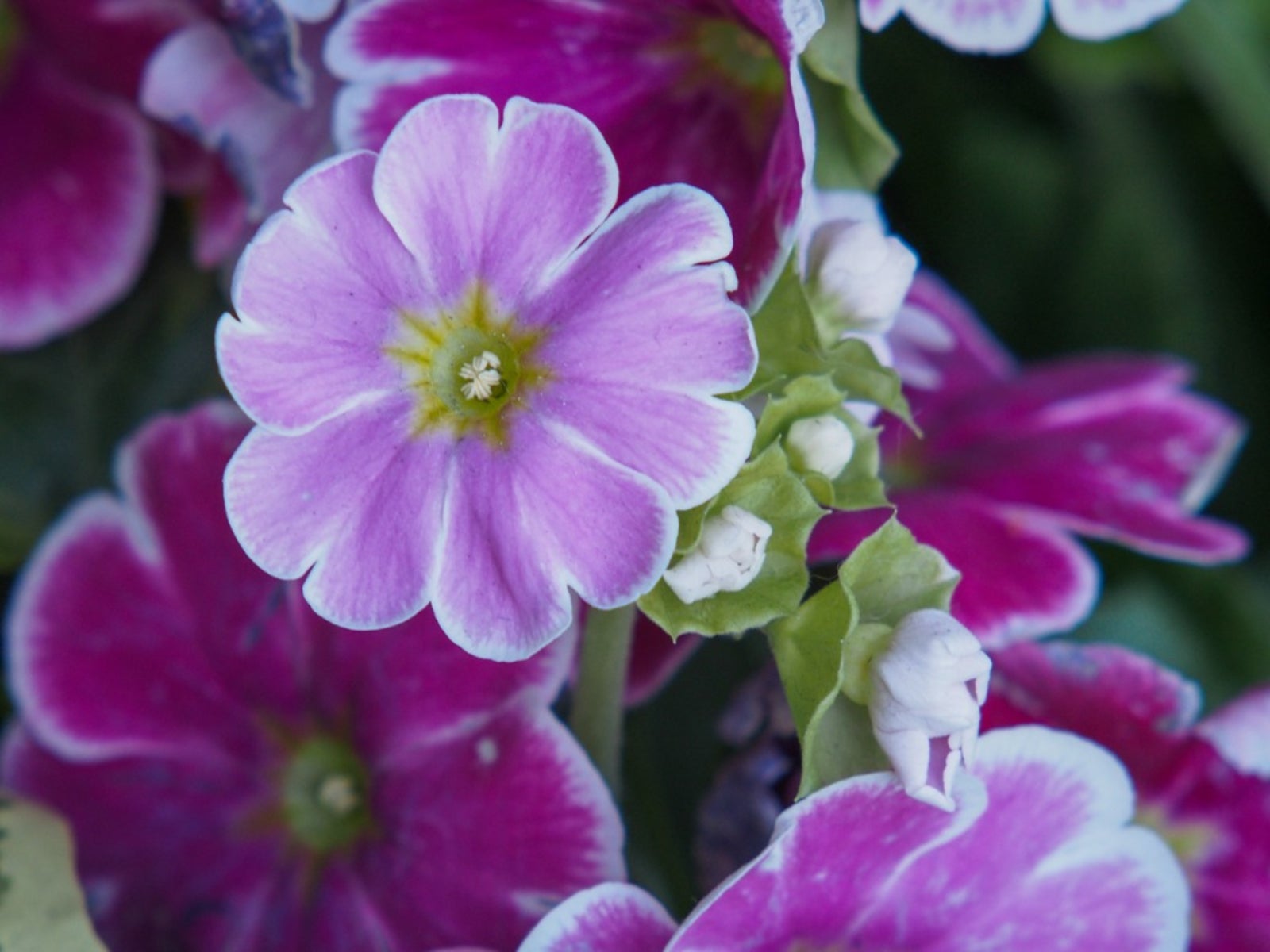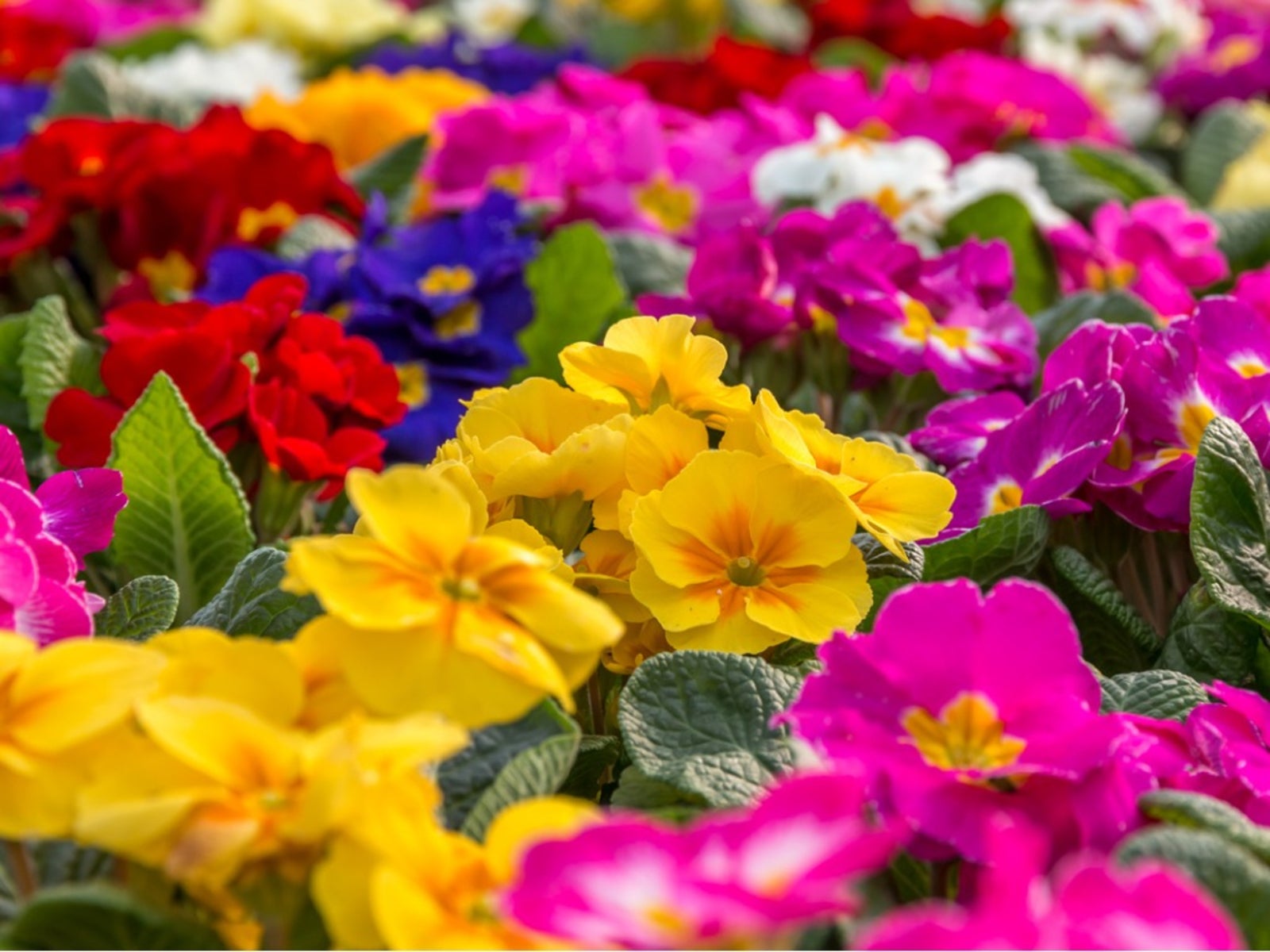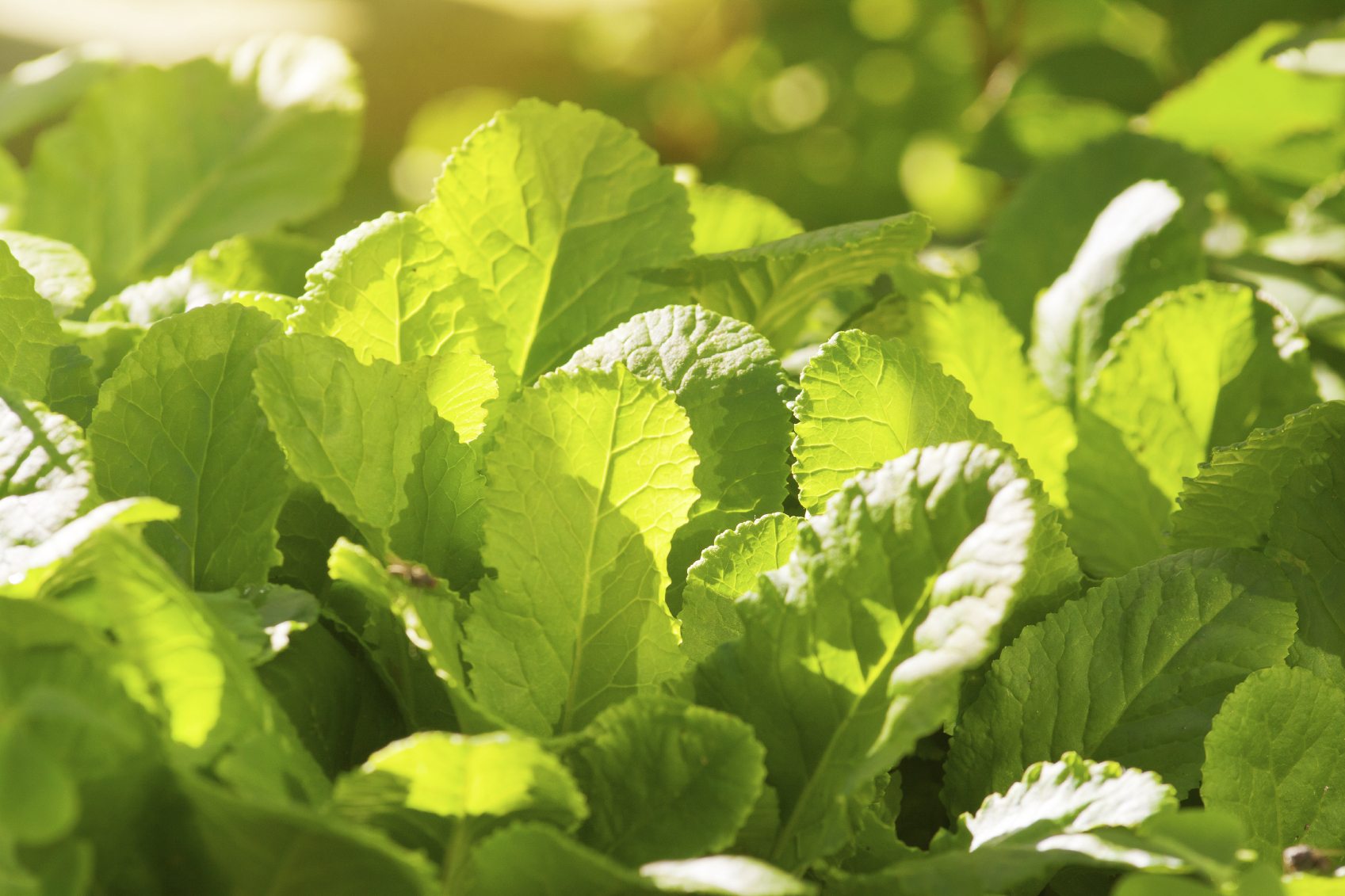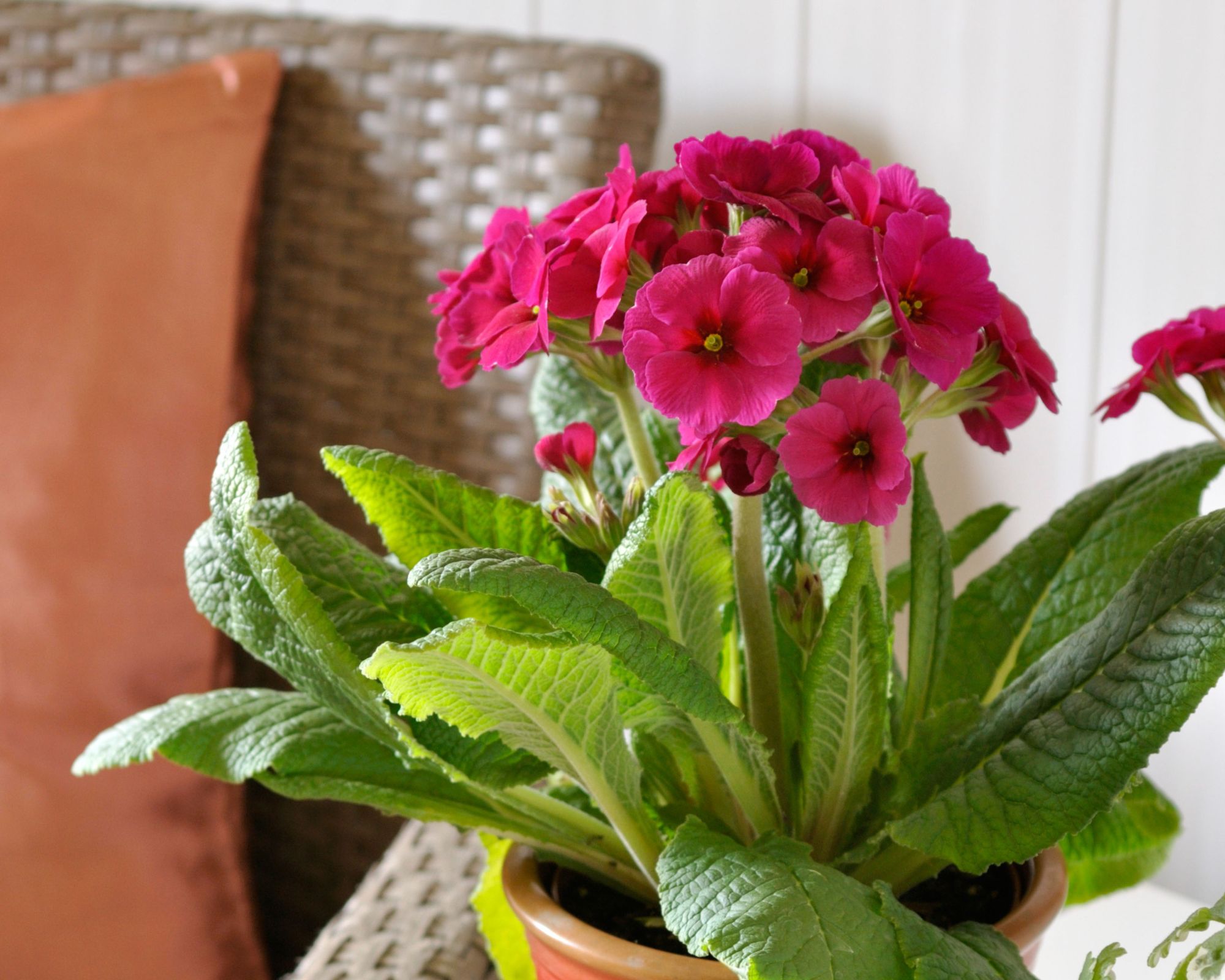German Primula Info: Tips On Caring For Primula Obonica Plants


Primula obconica is more commonly known as the German primrose or poison primrose. The poison name is derived from the fact that it contains the toxin primin, which is a skin irritant. In spite of this, German primrose plants produce beautiful blooms in a wide variety of colors for many months at a time, and can be very rewarding to grow. Keep reading for more German primula info.
Growing German Primroses
German primrose plants prefer sandy loam, cool temperatures, and indirect moderate light. They cannot tolerate bright summer sun, and do best indoors near, but not too close to, an eastern or western window, where they can soak up the briefer, less intense morning or afternoon light. Water your German primrose moderately; don’t over soak the soil, but don’t let it dry out completely. Growing German primroses is easy, as long as you take some precautions. The leaves of German primrose plants are covered in tiny hairs that secrete a sticky, toxic substance. To avoid contact, you should always wear gloves while handling German primrose plants. If your skin does come into contact with the leaves, you should notice irritation almost immediately in a swollen red area that may blister and develop linear streaks. To treat the irritation, take an antihistamine and apply a 25% alcohol solution to the area as soon as possible.
Can German Primrose Be Planted Outside?
Like other primrose plants, the German primrose does very well in containers, but it can be planted outside. It is not frost hardy, so if it’s planted outside in a zone that experiences frost, it must be treated as an annual. If you want to start from seed, begin in indoor containers in July or August. By February or May, you will have blooming plants that can be transplanted outdoors. Once plants are established, caring for Primula obonica takes very little effort.
Gardening tips, videos, info and more delivered right to your inbox!
Sign up for the Gardening Know How newsletter today and receive a free copy of our e-book "How to Grow Delicious Tomatoes".

The only child of a horticulturist and an English teacher, Liz Baessler was destined to become a gardening editor. She has been with Gardening Know how since 2015, and a Senior Editor since 2020. She holds a BA in English from Brandeis University and an MA in English from the University of Geneva, Switzerland. After years of gardening in containers and community garden plots, she finally has a backyard of her own, which she is systematically filling with vegetables and flowers.
-
 Get Ready For A Summer Of Hummers! Grow These Full Sun Hummingbird Plants and Flowers
Get Ready For A Summer Of Hummers! Grow These Full Sun Hummingbird Plants and FlowersIf you’re lucky enough to enjoy a sunny backyard, make sure you are maxing out on your pollinator opportunities and grow these full sun hummingbird plants and flowers
By Tonya Barnett
-
 12 Lush Alternatives To A Lawn For Sustainable Spaces
12 Lush Alternatives To A Lawn For Sustainable SpacesAlternatives to a lawn are beautiful and also beneficial to your local ecosystem and its pollinators. Explore our top picks for plants to replace grass.
By Tonya Barnett
-
 Primrose Plant Problems: Common Diseases And Pests Of Primula
Primrose Plant Problems: Common Diseases And Pests Of PrimulaProper planting and culture can prevent many primula plant problems, but it is a good idea to become familiar with some of the diseases and pests of primula. This article provides more information on common problems with primroses.
By Tanya Hein
-
 Yellowing Primrose Plants: Why Are Primrose Leaves Turning Yellow
Yellowing Primrose Plants: Why Are Primrose Leaves Turning YellowSometimes, you may discover what you thought to be healthy primrose leaves turning yellow, which can put a real damper on an otherwise happy celebration of spring. Learn how to treat yellow primrose leaves in this article.
By Liz Baessler
-
 Growing Primroses Indoors: Tips For Primrose Indoor Care
Growing Primroses Indoors: Tips For Primrose Indoor CareThe cheery flowers on primroses can chase away wintera??s dreariness, but they also leave many owners asking how to grow primrose indoors. Primrose indoor care is important, and this article will help.
By Heather Rhoades
-
 Growing Primrose - Primrose Plants In Your Garden
Growing Primrose - Primrose Plants In Your GardenPrimrose flowers bloom in early spring, offering a variety of form, size, and color. They are suitable for use in garden beds, borders and containers. Get growing and care information for primrose here.
By Nikki Tilley